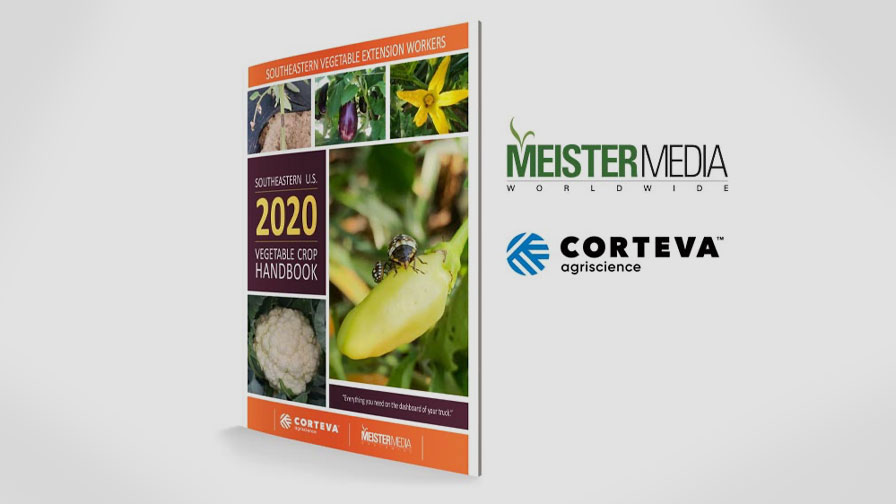North Carolina Blueberry Crop Still Kicking
The start to the 2017 growing season for Southeastern blueberries was unexpected. Unseasonably warm temperatures got berry bushes moving much sooner than growers would have liked – about three weeks early says Bill Cline, Researcher and Extension Specialist for the Department of Entomology and Plant Pathology at North Carolina State University.
“That really set us up for a lot of risk,” he says. “Last year and this year we’ve had warm winters, so the low-chill cultivars had their chill requirement satisfied by the first of the year and they started blooming when we had warm weather.”
Growers used overhead irrigation earlier than ever before to protect the plants. Cline estimates the research station he works at in Castle Hayne, NC, ran overhead irrigation nine nights in March, beginning March 2.
“That’s just unheard of,” he says. “We don’t normally irrigate that early.”
The freeze, though, that hit the North Carolina berry crop was also unusual. Cline says most irrigation systems are designed to handle the radiation freezes that occur on still nights in April. However, the freezes that hit the berry crop this March were wind-borne.
“These systems work really well in still nights when there is no wind. But with a wind-borne freeze, it is really difficult to do,” he says. “You just have to put out a tremendous amount of water and you still don’t get the protection you’d like to have.”
The crop losses suffered thanks to the March freezes were on early blooming varieties that had set green fruit. Low-chill varieties like ‘Star’ and ‘Rebel’ came out of dormancy early and proved to be a challenge to protect.
“Those were just really difficult to protect and we weren’t successful with that,” he says. “Anything that was in full bloom or green fruit stage we pretty much lost. But, that was maybe 30% of the berries. The other cultivars are later-blooming, later ripening and they’re still in the ballgame.”
Cline is optimistic the weather the state has experienced late has been good for pollination and will lead to a good cropset.
“By April, we saw additional losses of 10% to 15% due to damaged flowers that failed to set fruit, but we also saw a surprising amount of fruit in later-blooming fields,” he said.
He said growers with early varieties who had made mow-cuts the previous summer to remove twiggy growth on their highbush cultivars seemed to fare better in the cold weather.
“The fields that were mowed last summer bloomed a little later this spring,” he said. “They were a little bit less risky than ones that had not been mowed.”
In fact, Cline encourages growers who experienced a crop loss to consider making a mow-cut as soon as crop insurance adjustors are done assessing the damage.










